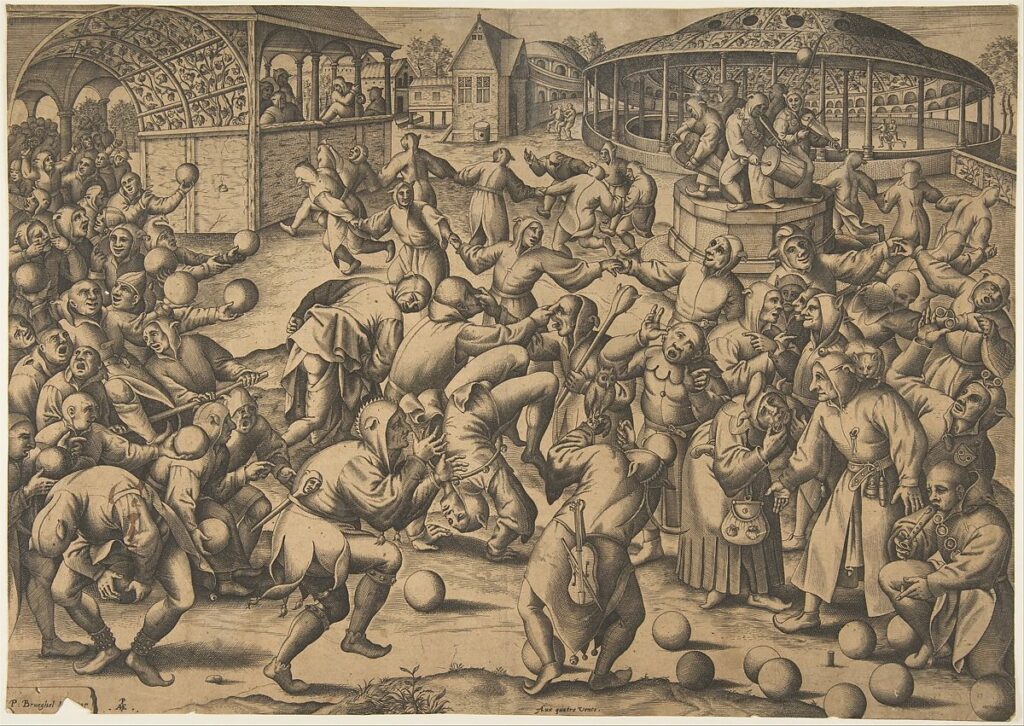
So I’ve been kind of fascinated with the whole idea of the “Festival of fools” since I first seen the Disney movie, the hunchback of Notre Dame.
From about the 12th century until the 16th century there was a real fascination with the “fantasy of inversion”. This was the one day every year where those who were at the bottom of the social hierarchy could embrace disorder by dressing like kings and queens, noblemen and women, or invert the gender hierarchy where men dressed as women and women dressed as men.
Since society operated on a “binary system of thought which celebrates polarity as part of the natural order of things” (Whitney, 1995, 83), to keep order we need to recognize disorder. “Disorder was “an order precisely inverse to the social and ritual principles of routine life”” (Clark, 1980, 104) and his disorder and misrule of people confirms all the polarities, and allows people time to express their frustrations in a funny way with their neighbors so that they can return to their normal orderly lives after the festival is over.
But this notion of the “world upside-down” was also connected to the idea that witches could shape shift into animals or other forms of inversions and the festival was seen by the church as facilitating “an understanding of sabbat rituals in terms of the forms of Renaissance court festival” (Clark, 1980, 121). It is no surprise that witches would be linked to this day of inversion and misrule as people mocked those in power and portrayed images of in transvestism. “Often these various modes of topsy-turvydom were invoked simultaneously, as in the ecclesiastical Feast of Fools or the activities of the French urban confraternities, the societes joyeuses.
No matter what you call it, it sounds like a chaotic tosy-turvey day of disobedience, drinking, lewdness, and alot of laughter which is pretty impressive for people in the medieval and early modern world!
References:
- Carlton, Genevieve. “This Medieval Feast of Fools Was so Extreme the Catholic Church Was Forced to Ban It.” Ranker, September 23, 2021. https://www.ranker.com/list/what-was-the-feast-of-fools/genevieve-carlton.
- Clark, Stuart. “Inversion, Misrule and the Meaning of Witchcraft.” Past & Present, no. 87 (1980): 98–127. http://www.jstor.org/stable/650567.
- Whitney, E. (1995). The Witch “She”/The Historian “He”: Gender and the Historiography of the European Witch-Hunts. Journal of Women’s History 7(3), 77-101. doi:10.1353/jowh.2010.0511.
